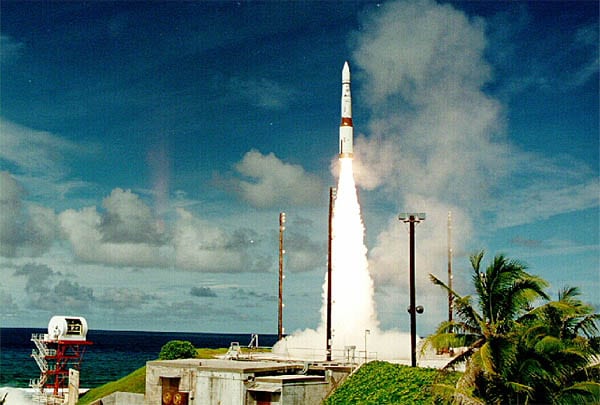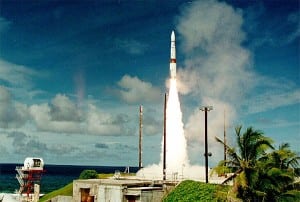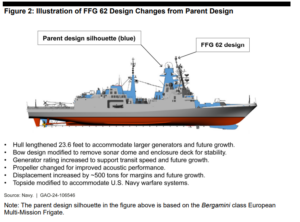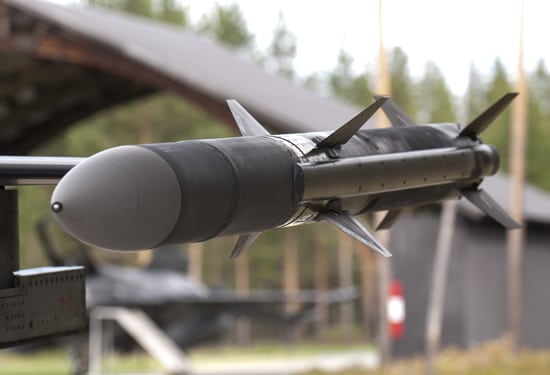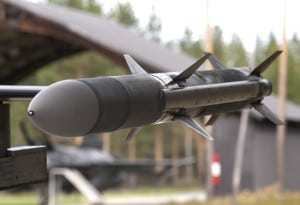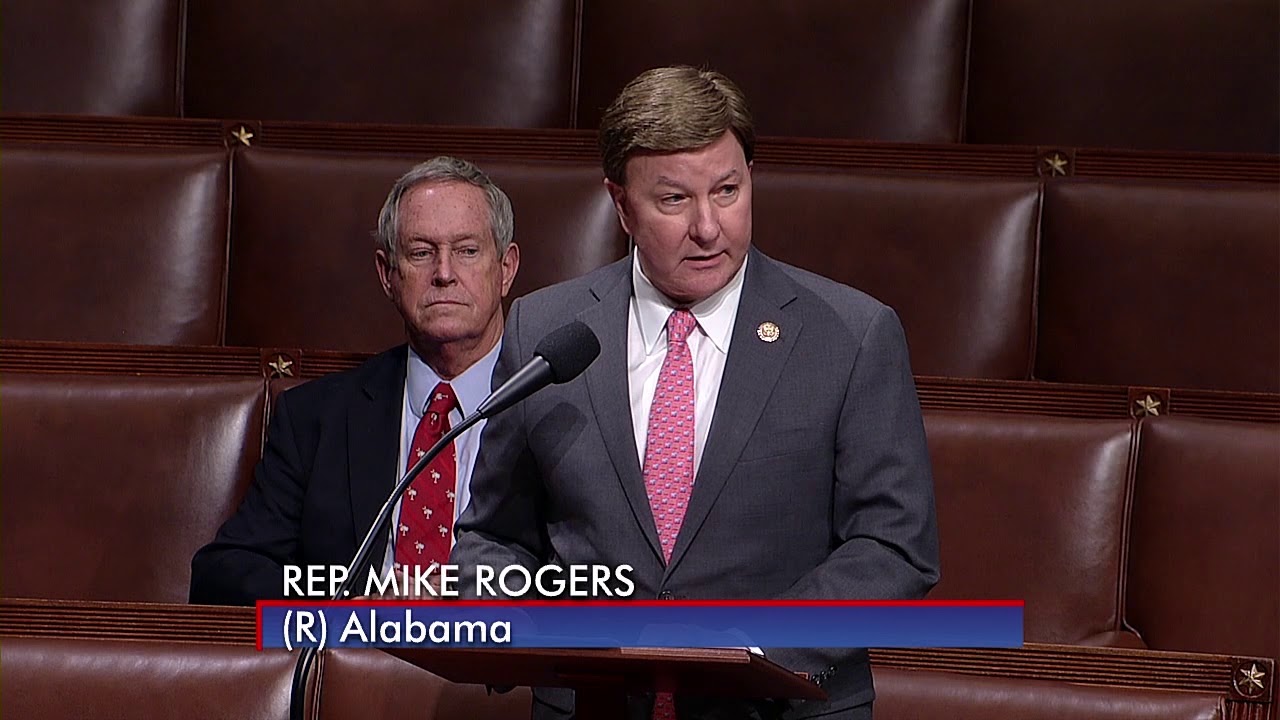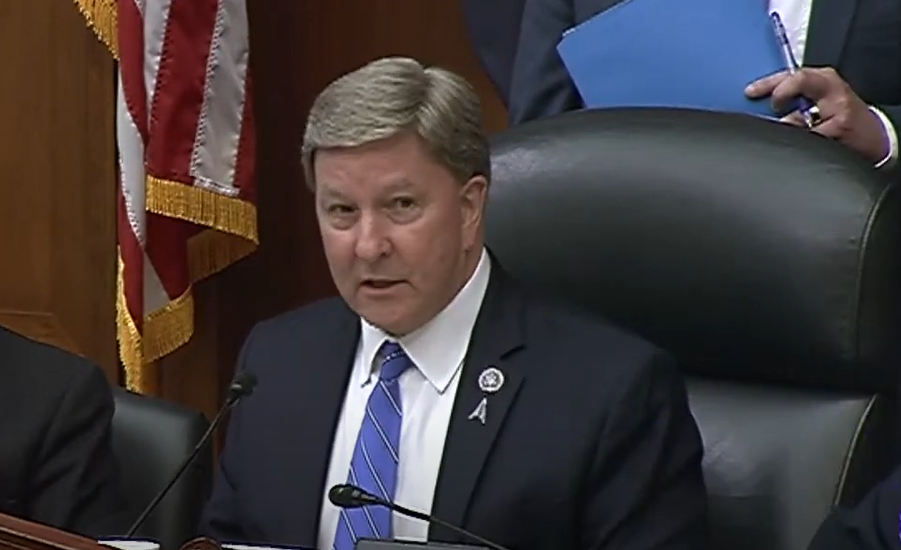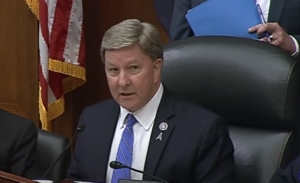NATIONAL HARBOR, Md. – In his first public address after becoming Secretary of the Navy, John Phelan on Wednesday said “change is coming” as he plans to focus on increasing shipbuilding, working with industry to reform processes and challenge the parts of Navy culture that lead to delivery delays and readiness problems.
“I tend to like very complex problems, but now on the 14th day of the job, I can tell you I underestimated just how complex, as everyone in the room knows, leading the Department of the Navy is anything but easy. But I didn’t come here for easy. I came here to solve problems,” Phelan said here during the annual 2025 Sea–Air-Space expo.
Phelan reiterated some of the key points of this Senate confirmation hearing testimony, that in the coming weeks “I will review our acquisition systems and identify how we can streamline and reform them. I will work across the department and especially with industry, to find solutions. We will restore and maintain operational readiness and fiscal responsibility” (Defense Daily, Feb. 27).

This will require changing the worst rigid parts of Navy bureaucratic culture, the secretary said.
He argued that while the Navy has good options and assets, “we’re at a point where it needs a greater sense of urgency to address its problems. Our success and rigid adherence to the old way of doing things have led to complacency, bureaucracy and in some cases, suboptimal policy. This has slowed us down, and this puts our Sailors and Marines at risk, and that is not right. We’ve been mired in bureaucratic inertia, budgetary gridlock in Congress, chronic shortfall in ship building investment.”
Phelan said his three primary focuses are readiness via strengthening shipbuilding and the maritime industrial base; “fostering adaptive accountable warfighting culture;” and ensuring the health, welfare and training of our people, our Sailors, Marines and their families.
He specifically pinned shipbuilding delivery problems on some factors previously called out by other former Navy officials: underinvestment in workforce and manufacturing capacity, “gold-plated requirements,” a bureaucratic decision-making that led to cost overruns, very late deliveries and delayed maintenance.
Phelan underscored his industry collaboration mindset that fixing these problems requires not just a government approach but also public-private partnerships, “with one plus one equals three. You will be moving to a philosophy of more shared risk with industry.”
He said to avoid past program mistakes, the Navy will work closely with the shipbuilding industry to calculate risk more effectively to ensure every dollar spent on defense has “tangible, measurable results.”
“ If you can’t measure it, you can’t manage it,” he continued.
Phelan has no military or government experience but comes from a business career as a financier. He was also a large donor to the Trump 2024 campaign.
Phelan said this also translates into reassessing how the Navy evaluates and manages risk at every stage of the shipbuilding process by working closely with industry.
“Collaboration with industry is essential to drive the improvements we need. I look forward to building a new and more open relationship with our maritime industry. Together, we will build relationships, we will build trust, transparency and mutual understanding.”
Phelan argued that ultimately more collaborative relationships with industry will help the Navy set more realistic schedules, develop better forecasting tools, and ensure resources are allocated more efficiently.
“Our goal is to accelerate the shipbuilding process without compromising quality or capability.”
On changing culture, Phelan admitted reforming entrenched organizations is never easy, but necessary when dealing with warfare. He said the Navy and Marine Corps has to “ relentlessly improve” how it trains, fights and leads and personnel should challenge themselves to push past what is familiar and comfortable.
“Growth comes from questioning the status quo for being willing to look critically at how we operate and asking if there’s a better, more efficient, more effective way to achieve our objectives. My goal is to streamline decision making by trusting our people, by giving our leaders the ability to act to take intelligent, calculated risks and keep us moving forward.”
The Secretary also said President Trump has told him he wants to focus on revitalizing naval shipbuilding
“He’s stated to me many times: shipbuilding, shipbuilding, shipbuilding. Get those ships out of the maintenance yards and fix the damn rust.”
Phelan said Trump’s mandate is to enhance the Navy’s strength to assure sea dominance so they must ensure every decision made in ship construction ,maintenance and upgrades will keep them ahead of adversaries.
“We will set realistic, achievable schedules, and we will commit to them. We will eliminate the waste and inefficiencies that drain resources without delivering results. We will demand accountability for the shipbuilding enterprise, because every dollar, every day and every decision counts.”
At the end of his remarks Phelan reiterated he intends to bring a ‘huge focus” to the department’s procurement acquisition strategy to ensure an appropriate risk-adjusted rate of return on investments and that “in many ways, warfare is like a business. Our military must operate at optimal efficiency, maximizing its resources to ensure that every American tax dollar spent delivers results that strengthen our defense.”
He closed by saying he sees his role as “to harness that talent by challenging the status quo in implementing decisions that ensure our military remains the most powerful and lethal fighting force in the world. Change is coming, and my responsibility is to make sure that we have the right people in the right seats in the right platforms. There’ll be a new level of accountability and performance based on merit. I welcome those who welcome change and are prepared to do extra.”

